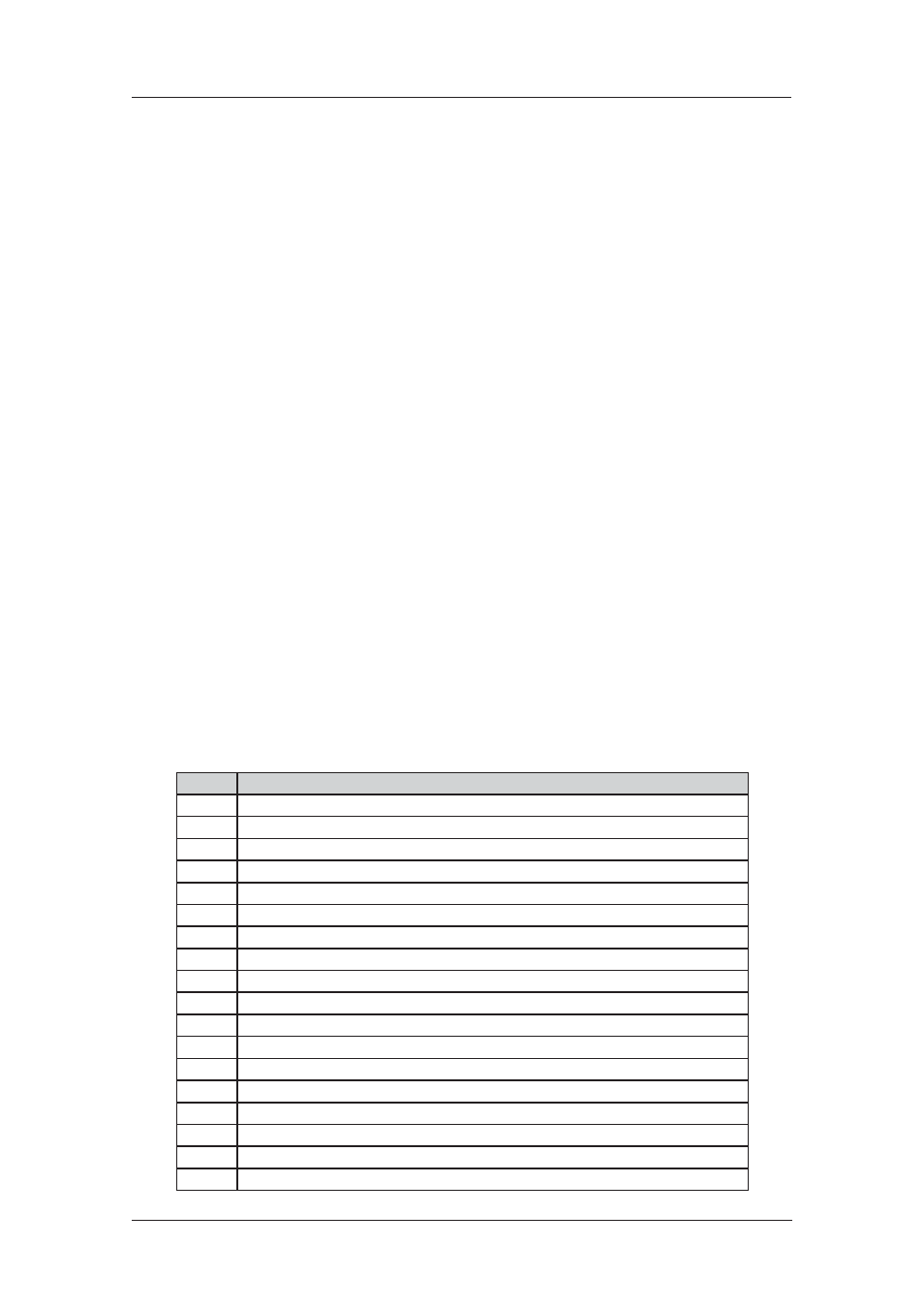Westermo MR Series User Manual
Page 379

379
6622-3201
Web Interface and Command Line Reference Guide
www.westermo.com
Closed User Group (CUG)
Most X.25 networks support Closed User Groups. They are used to restrict subscribers to only
making calls or receiving calls from other members of the same CUG. The CUG number effec-
tively provides a form of sub-addressing that is used in conjunction with the NUA to identify
the destina tion address for a call.
When the G facility code is specified in a CALL packet, it must be followed by the CUG
number. This may be a 2 or 4 digit number. If you are a member of a closed user group, the
network may restrict you to only making calls to or receiving calls from other members of the
same group.
Reverse charging
Reverse charging, specified using the R facility code, allows outgoing calls to be charged to the
account of destination address. Whether or not a call is accepted on a reverse charging basis is
determined by the service provider and by the type of account held by the called user.
Calling user data
The calling user data field for a normal call may contain up to 12 bytes of user data. If the first
char acter is an exclamation mark (!), the PAD omits the four byte protocol identifier and allows
the full 16 bytes as user data. The same is true for a fast select call except that the maximum
amount of user data is increased from 124 to 128 bytes.
When entering user data, the tilde character (~) may be used to toggle between ASCII and
binary mode. In ASCII mode data is accepted as typed but in binary mode each byte must be
entered as the required decimal ASCII code separated by commas. For example to enter the
data “Line1” fol lowed by [CR][LF] and “Line2” you would enter:
DLine1~13,10~Line2
Aborting a CALL
11.4.2
An X.25 CALL may be aborted using the X.28 CLR command, by pressing [Enter] or by dropping
DTR from the terminal while the call is in progress. Dropping DTR will also terminate an estab-
lished call.
If a call is terminated by the network or by the remote host, the unit returns a diagnostic message
before the NO CARRIER result code. Messages may be numeric or verbose depending on the set-
ting of the ATV command.
The following table lists the verbose messages and equivalent numeric codes:
Code
Verbose message
1
Unallocated (unassigned) number
2
No route to specified transit network
3
No route to destination
4
Channel unacceptable
6
Channel unacceptable
7
Call awarded and being delivered in an established channel
16
Normal call clearing
17
User busy
18
No user responding
19
No answer from user (user alerted)
21
Call rejected
22
Number changed
26
Non-selected user clearing
27
Destination out of order
28
Invalid number format
29
Facility rejected
30
Response to STATUS ENQUIRY
31
Normal, unspecified
